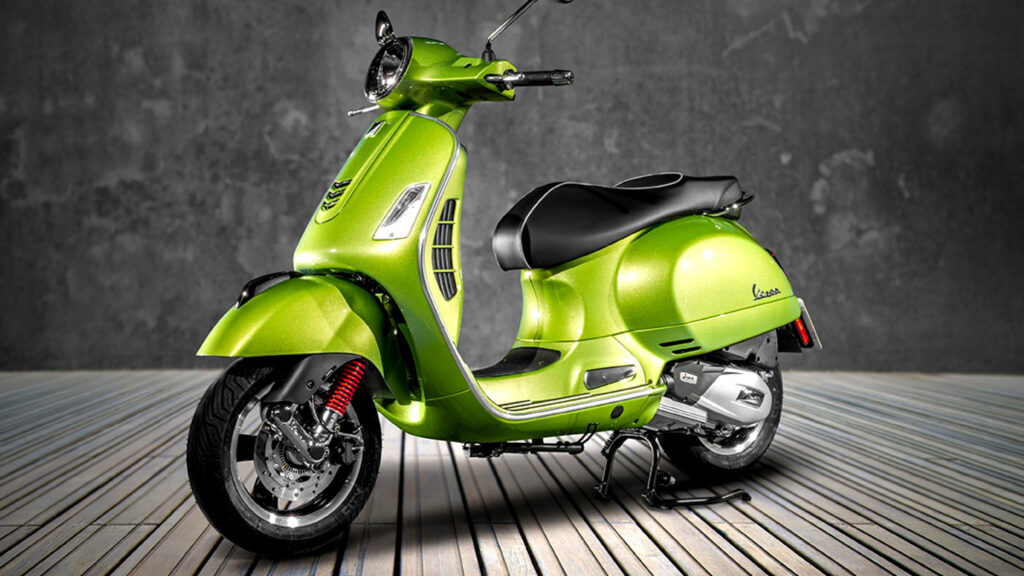Hanoi Begins Banning Gasoline Motorcycles
From July 1, 2026, a ban on the use of gasoline motorcycles and scooters will come into effect in the central districts of Hanoi. By 2028, the restrictions will extend to most of the city, and by 2030 — to the entire territory of the Vietnamese capital. Currently, out of 7 million motorcycles in Hanoi, about 5.6 million run on fuel.
Motorcycles and scooters are an integral part of the daily life of Vietnamese people, especially in large cities, where they serve as the main means of transportation. However, the country’s government has decided to take a radical step to reduce the level of air pollution. Prime Minister Pham Minh Chinh signed a corresponding directive providing for a gradual transition to electric transport.
Challenges of Transitioning to Electric Motorcycles
Currently, only 1.3 million electric bicycles are registered in Hanoi, while the charging infrastructure remains underdeveloped. Most available models are equipped with swappable batteries, but their cost remains high for the average resident — the price of a new electric scooter ranges from $1150 to $1900, with an average annual income of about $6250.
The former head of the Vietnam Automobile Transport Association proposed introducing state subsidies or low-interest loans to facilitate the transition to electric motorcycles.
The government has not yet introduced any benefits for buyers of electric bicycles, although registration fees have been abolished for electric cars. This creates additional difficulties for residents who will have to look for alternatives to their usual transport. Local electric bicycle manufacturers already operate in the city, but a large-scale transition will require time and significant investment in charging infrastructure.
Hanoi’s step could become an example for other Asian cities that also face pollution problems due to the large number of motorcycles. The success of the initiative will largely depend on how effectively the issues of electric bicycle affordability and creating convenient conditions for their operation can be resolved. In parallel, the city will have to develop public transport to prevent a traffic collapse during the transition period.

